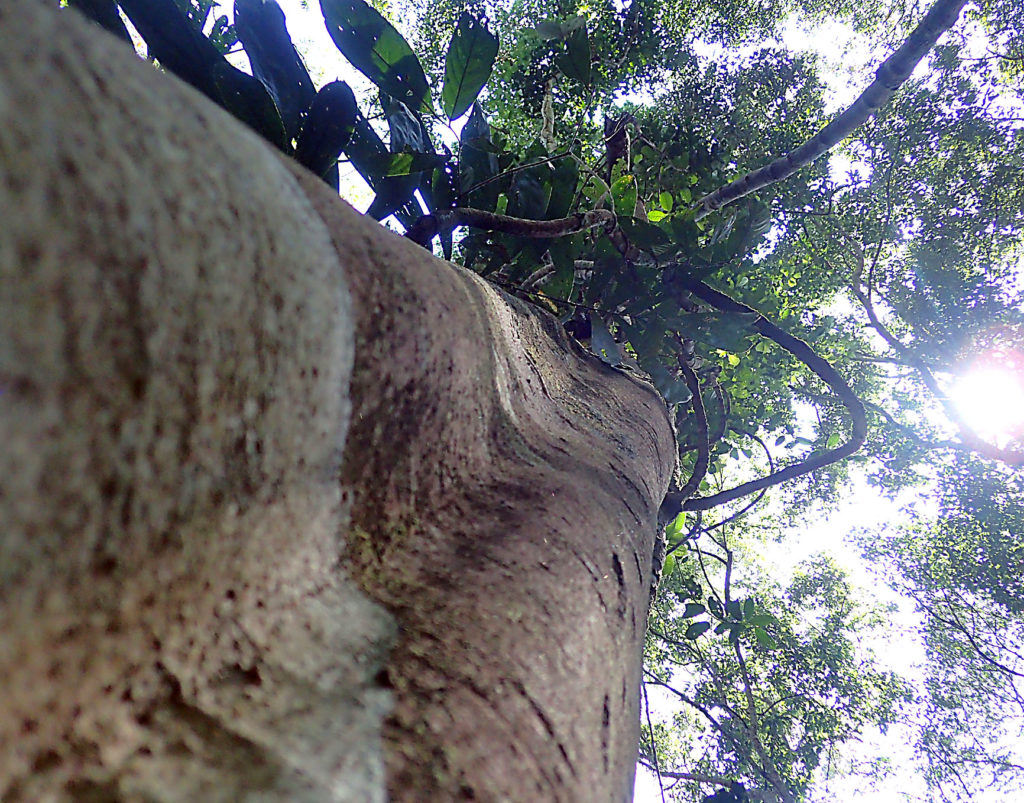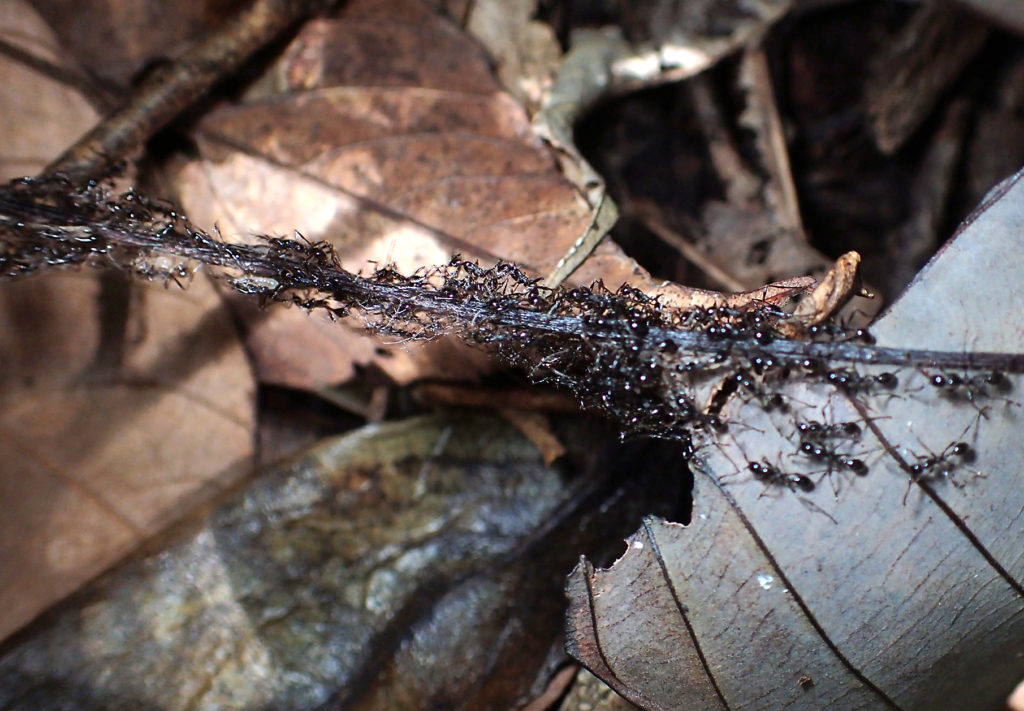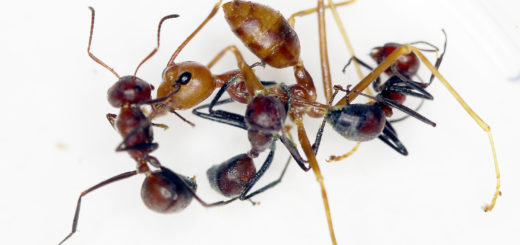Ant species of Sumatra Island, Indonesia
The island of Sumatra in Indonesia is the sixth-largest island in the world and one of the main components of the Malay Archipelago. It harbours a tropical rainforest which constitutes one of the biggest conservation areas in Southeast Asia. Recently, a few species were added to the ant species list by Rijal Satria and Henny Herwina, the authors of the paper “New Distribution Record of Ants Species (Hymenoptera: Formicidae) to the Fauna of Sumatra Island, Indonesia”. Until now, 605 species are known. Here, Rijal Satria shares some pictures of the ants and of the sampling sites.
A Photoblog contribution by Rijal Satria

Recently, we published a list of new distribution records of ants on Sumatra. This collaborative study on the ant diversity of Sumatra was conducted by Rijal Satria (Universitas Negeri Padang; picture above, right), Henny Herwina (Universitas Andalas; picture above, left), and several other myrmecologists. Our study areas include Western Sumatra and the Leuser Ecosystem, Aceh.
Our journey began in 2012, on Simeulue Island, a small island on the West coast of Sumatra. This island can only be reached by boat, or by plane via the small airport called Lasikin Airport. At Lasikin Airport: Prof. Seiki Yamane (Kagoshima University, right), Rijal Satria (middle), Dr. Syaukani (Universitas Syah Kuala, left) (© Dr. Takeshi Yamasaki, University of Hyogo).

Rijal Satria (left), Dr. Bakhtiar Effendi Yahya (University Malaysia Sabah, middle), and Prof. Seiki Yamane are digging up the trap-jaw ant nest, Odontomachus procerus, in the middle of the night in the Leuser Ecosystem (© Dr. Takeshi Yamasaki, University of Hyogo).

Then our study continued to the Biological Education and Research Forest of Andalas University, Padang, West Sumatra. This forest is a secondary forest that is dominated by dipterocarp trees (© Rijal Satria).

The carnivorous pitcher plant, Nephentes ampullaria, was easily found at the edge of the Biological Education and Research Forest of Universitas Andalas. These poor little ants were trapped and dying inside the pitcher plants (© Rijal Satria).

Rijal Satria collecting leaf-litter ants on the forest floor at Biological Education and Research Forest of Universitas Andalas (© Rijal Satria).

The army ants Aenictus gracilis swarming on the forest floor (© Rijal Satria).

Henny Herwina taking a photo of ants at the Biological Education and Research Forest of Universitas Andalas (© Rijal Satria).

The giant forest ant, Dinomyrmex gigas, is nesting in a cavity of this dipterocarp tree (Dipterocarpaceae). At the entrance of the ant nest, the nest entrance of a stingless bee was clearly visible (blue arrow) (© Rijal Satria).

A montage image of Dacetinops concinnus, which we recorded for the first time in Sumatra (© Rijal Satria).






Recent Comments